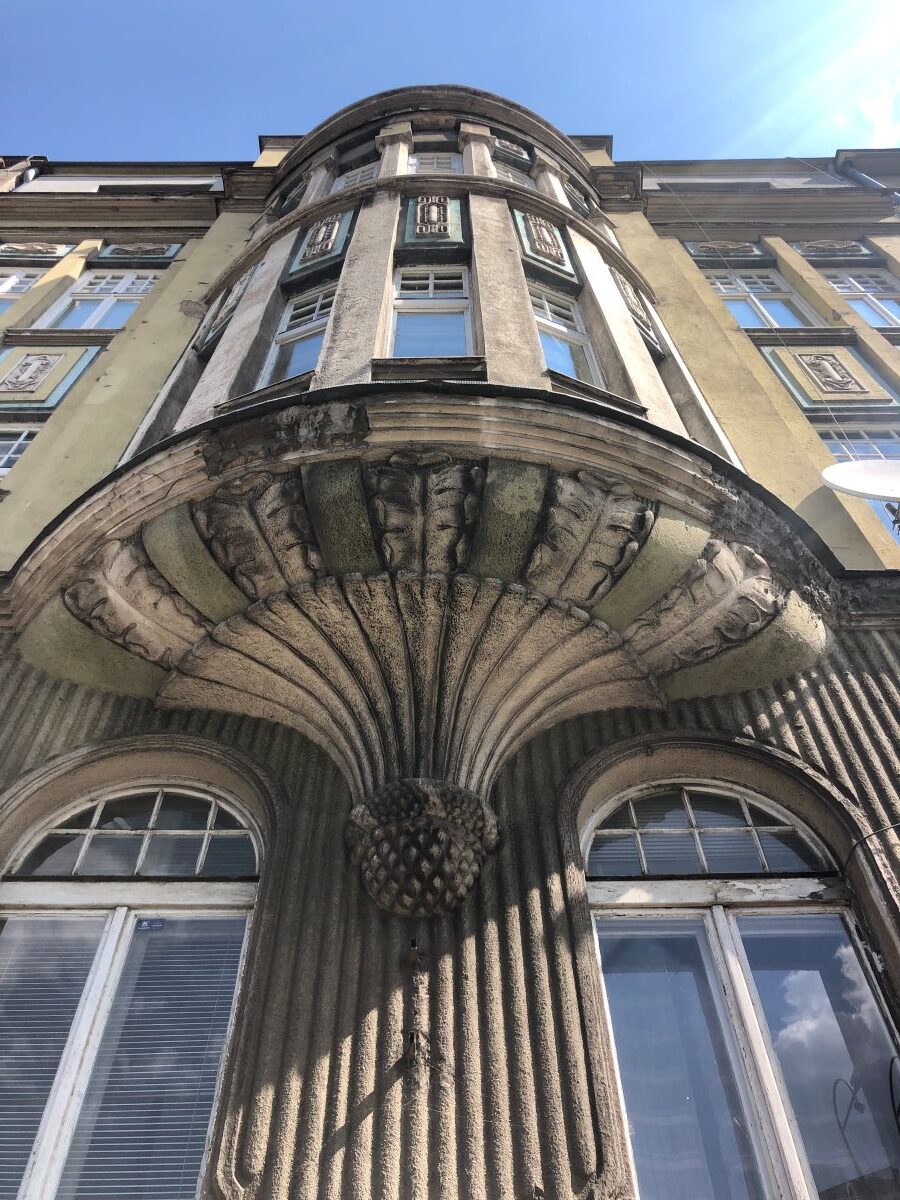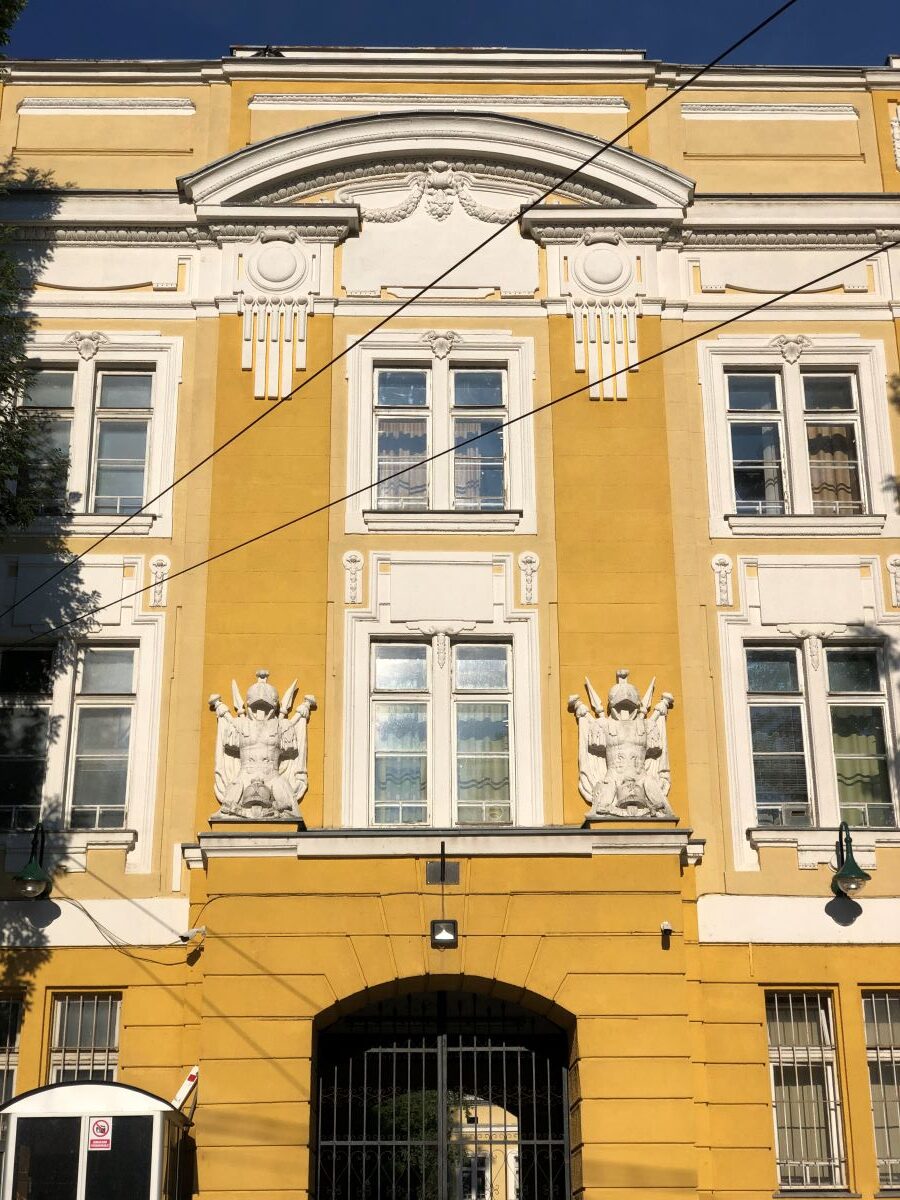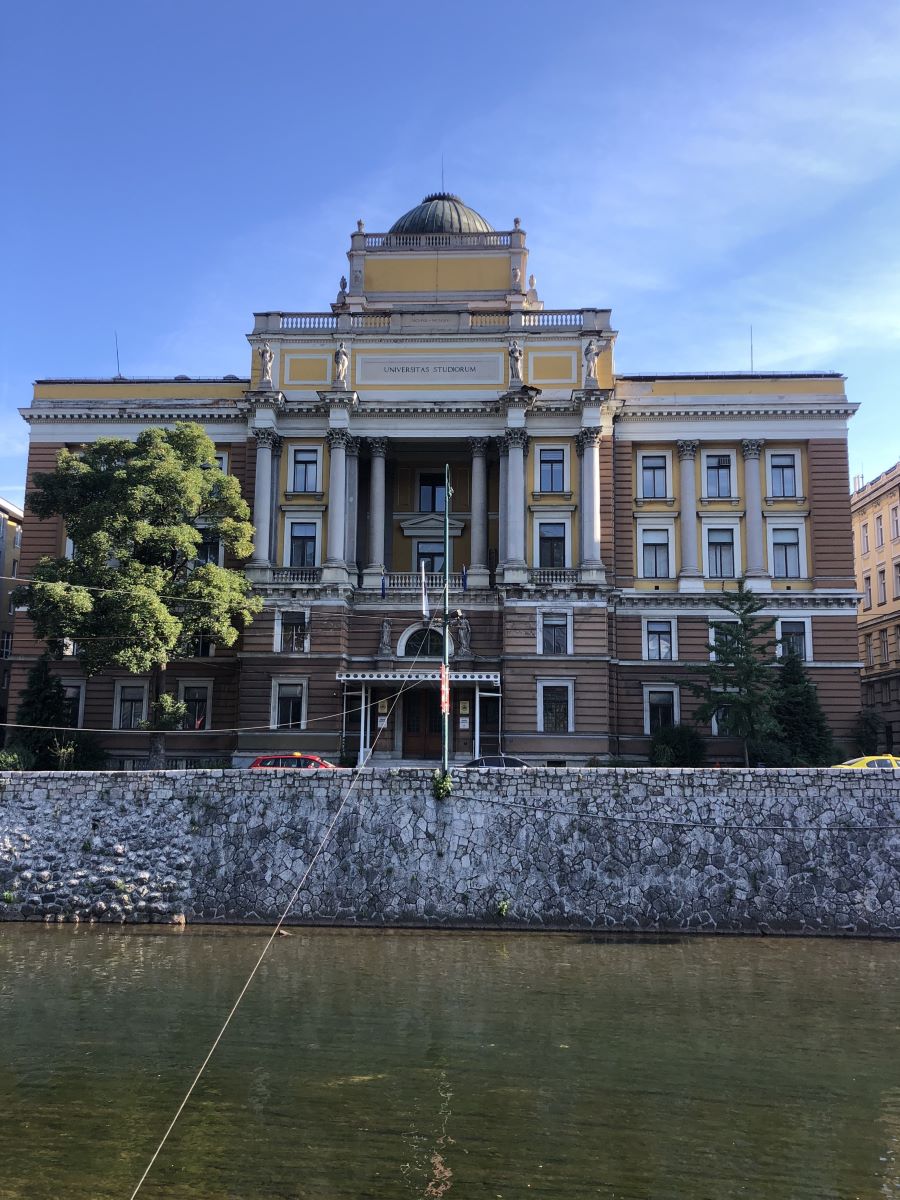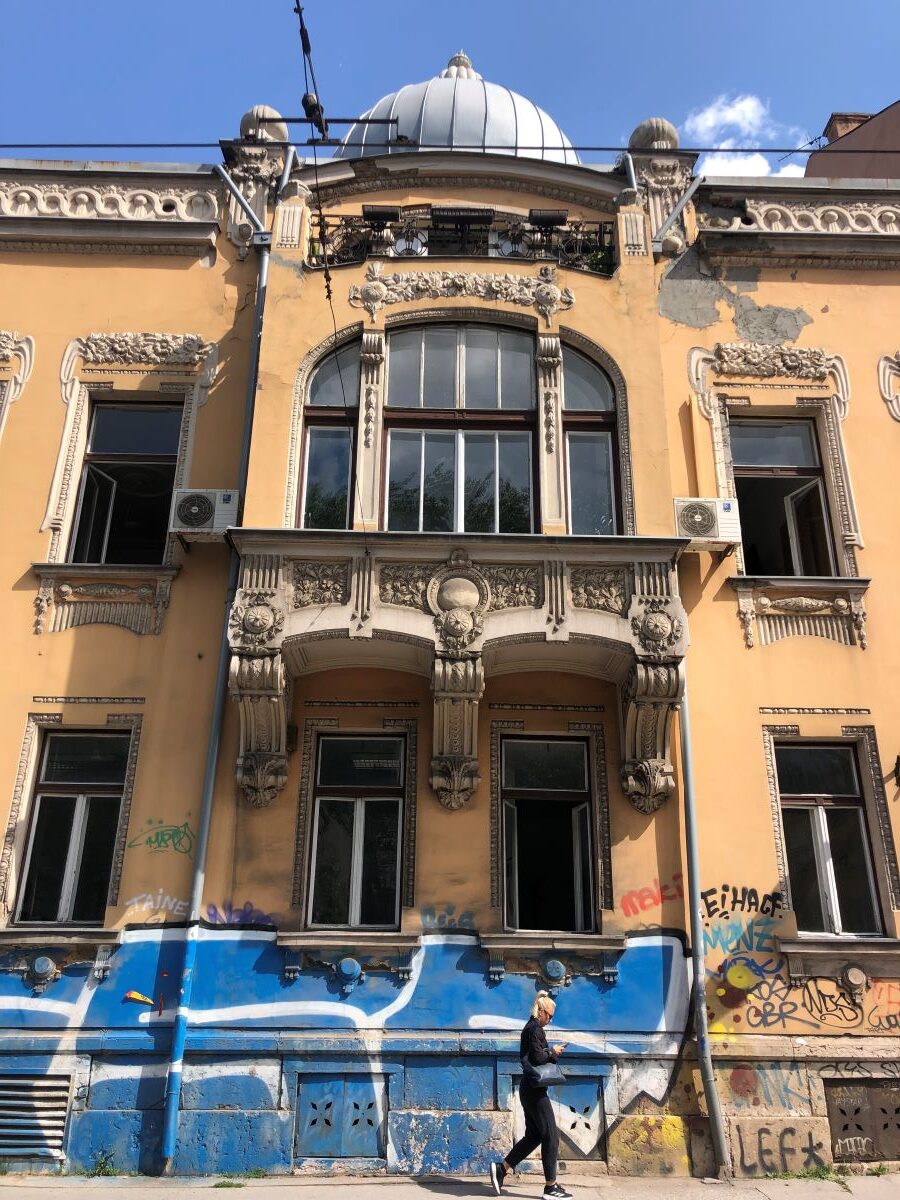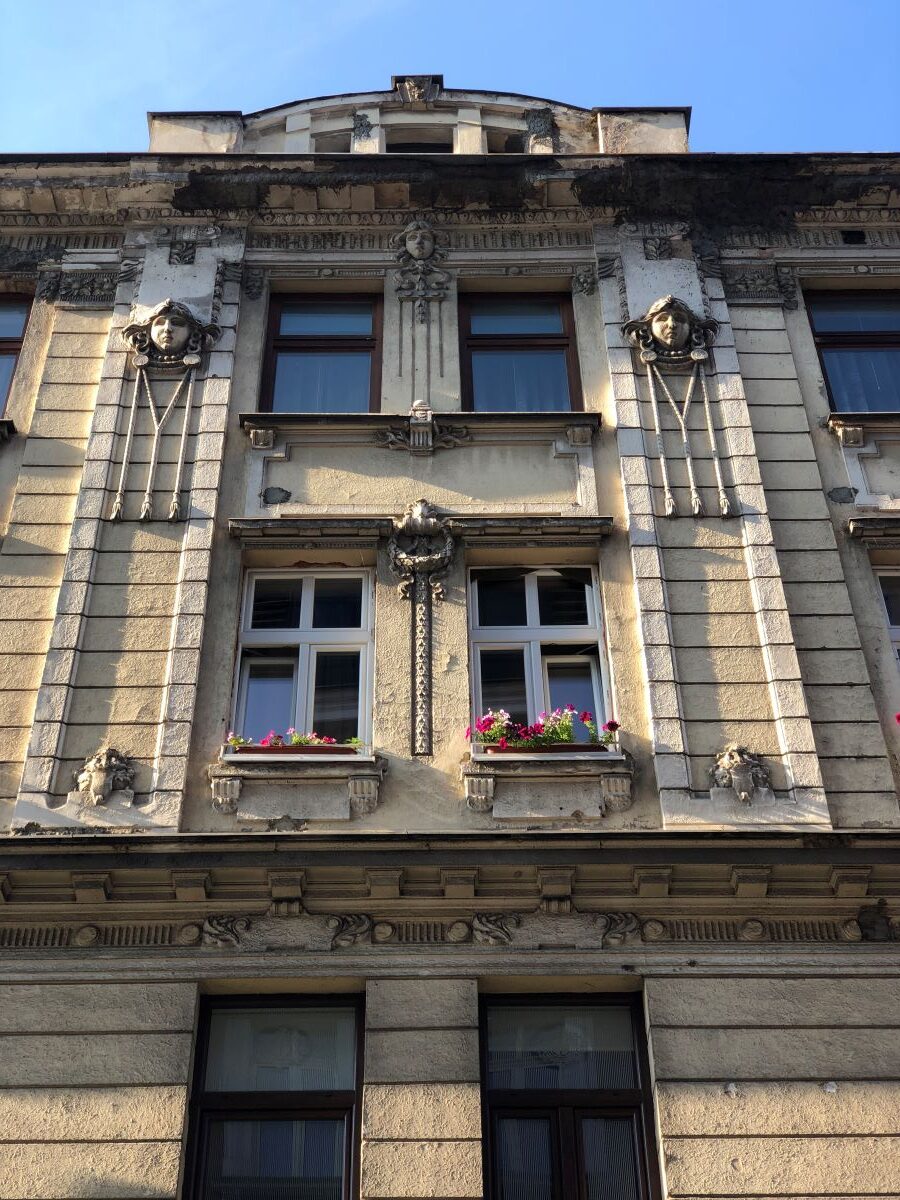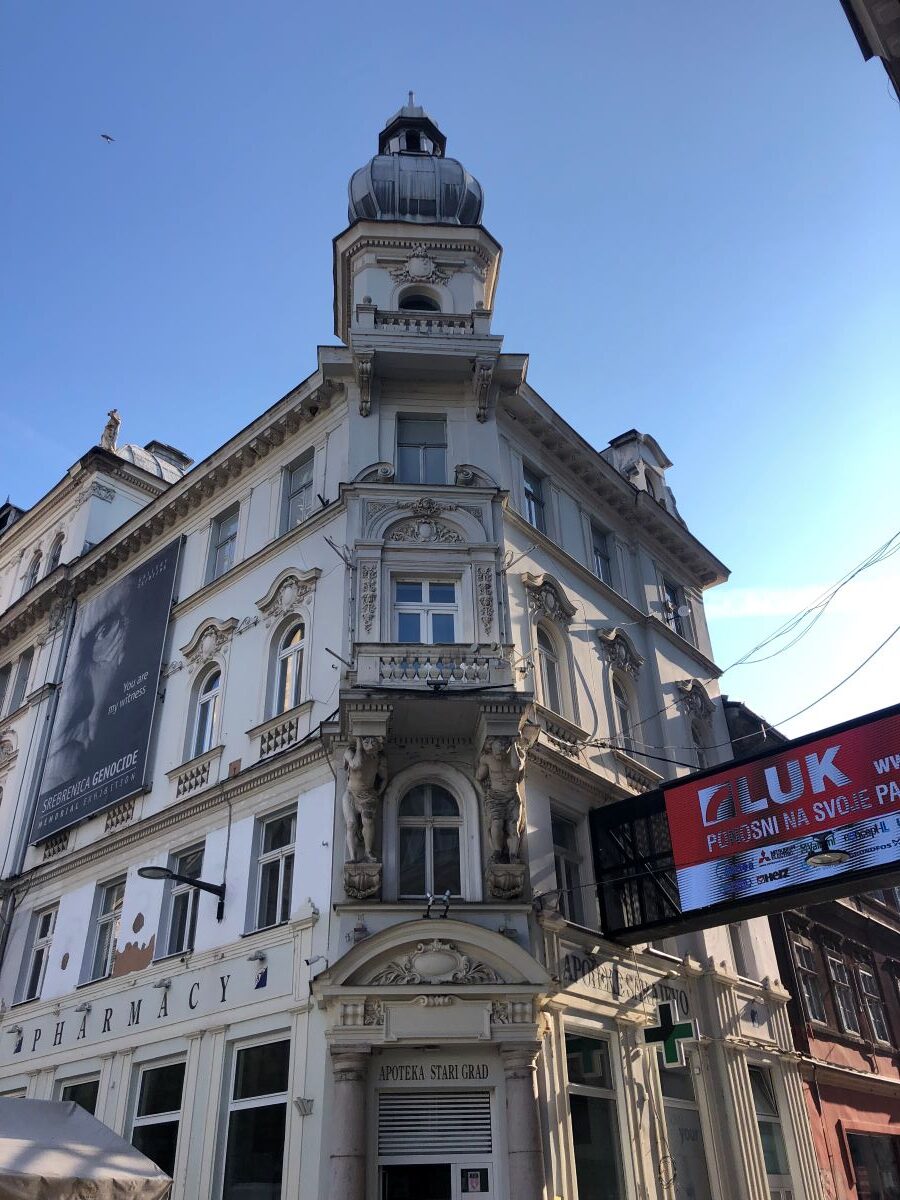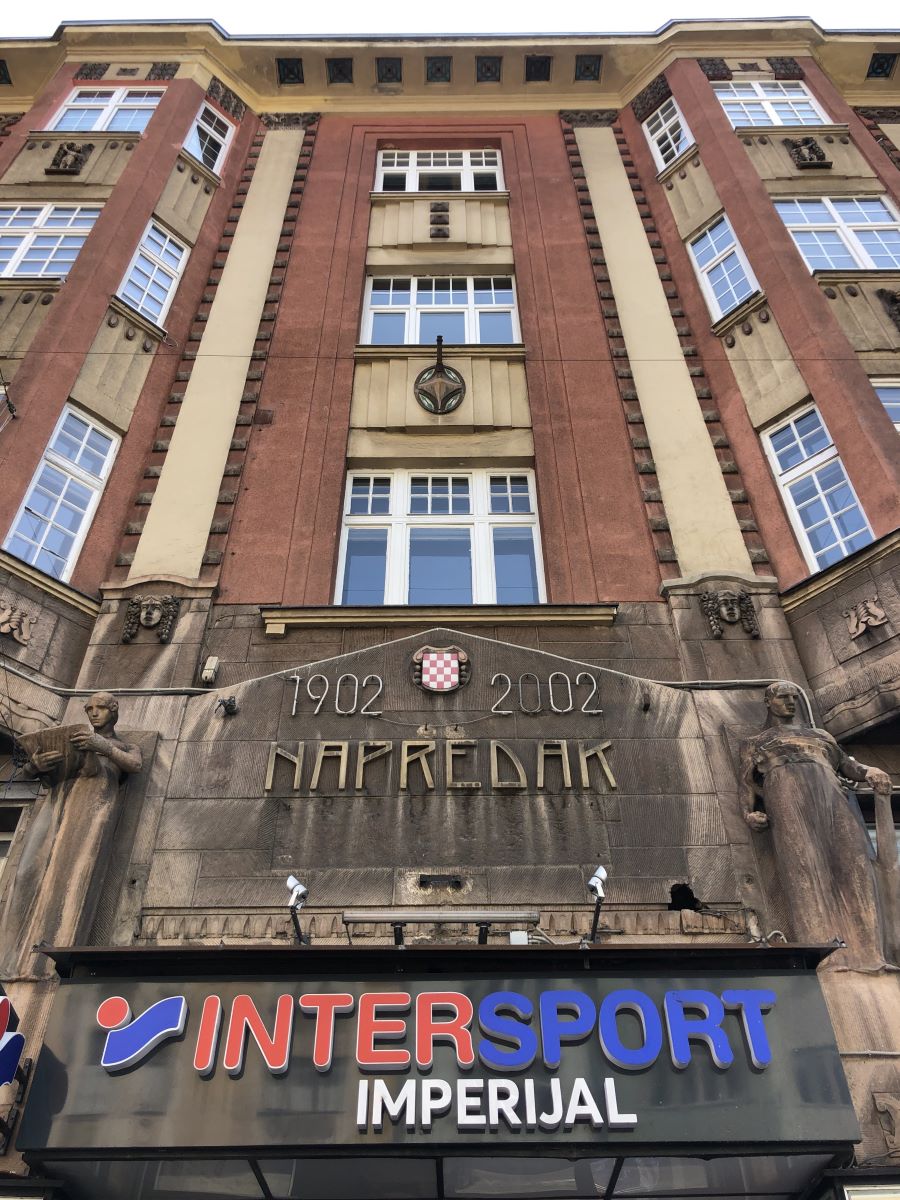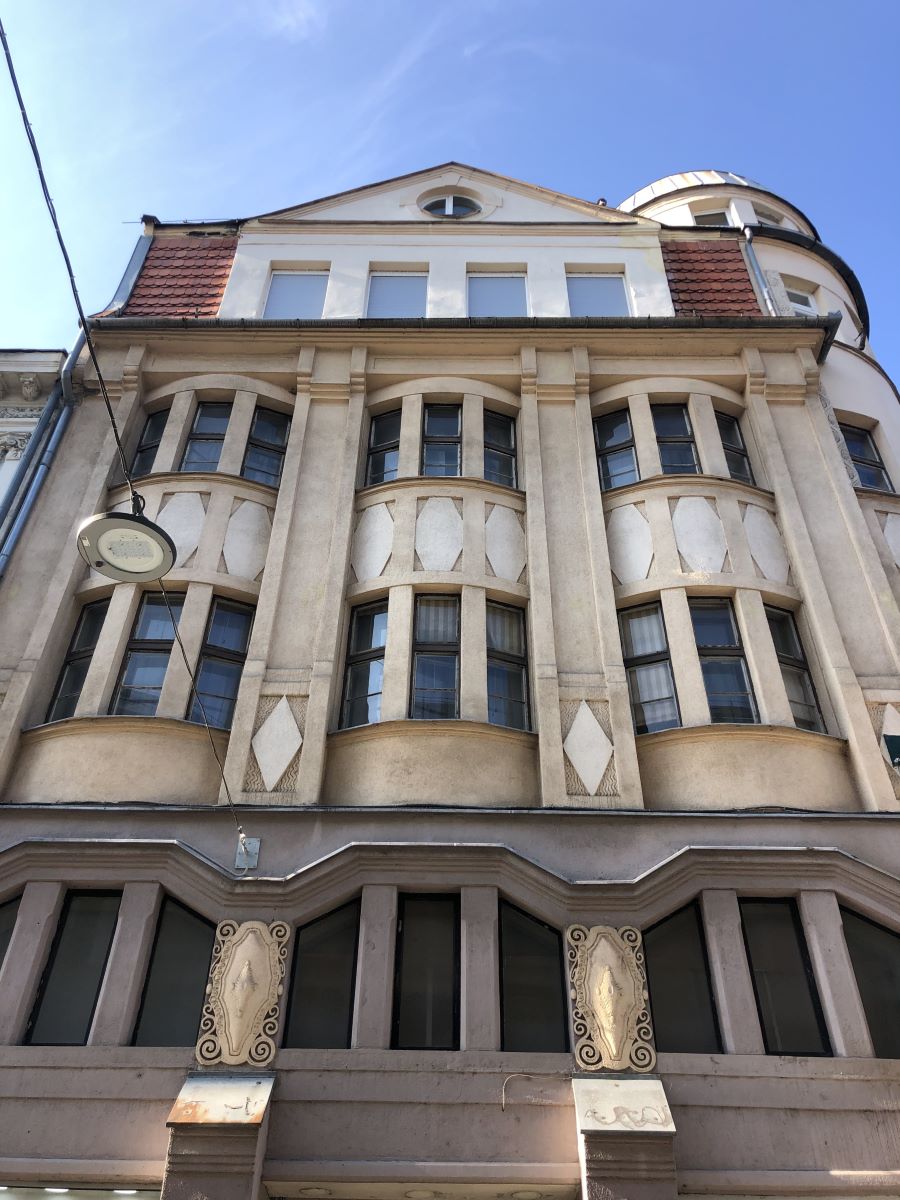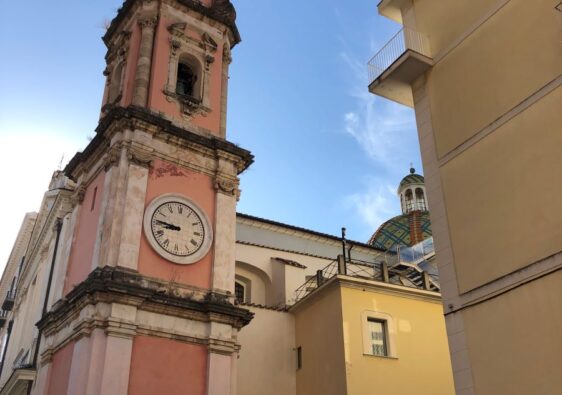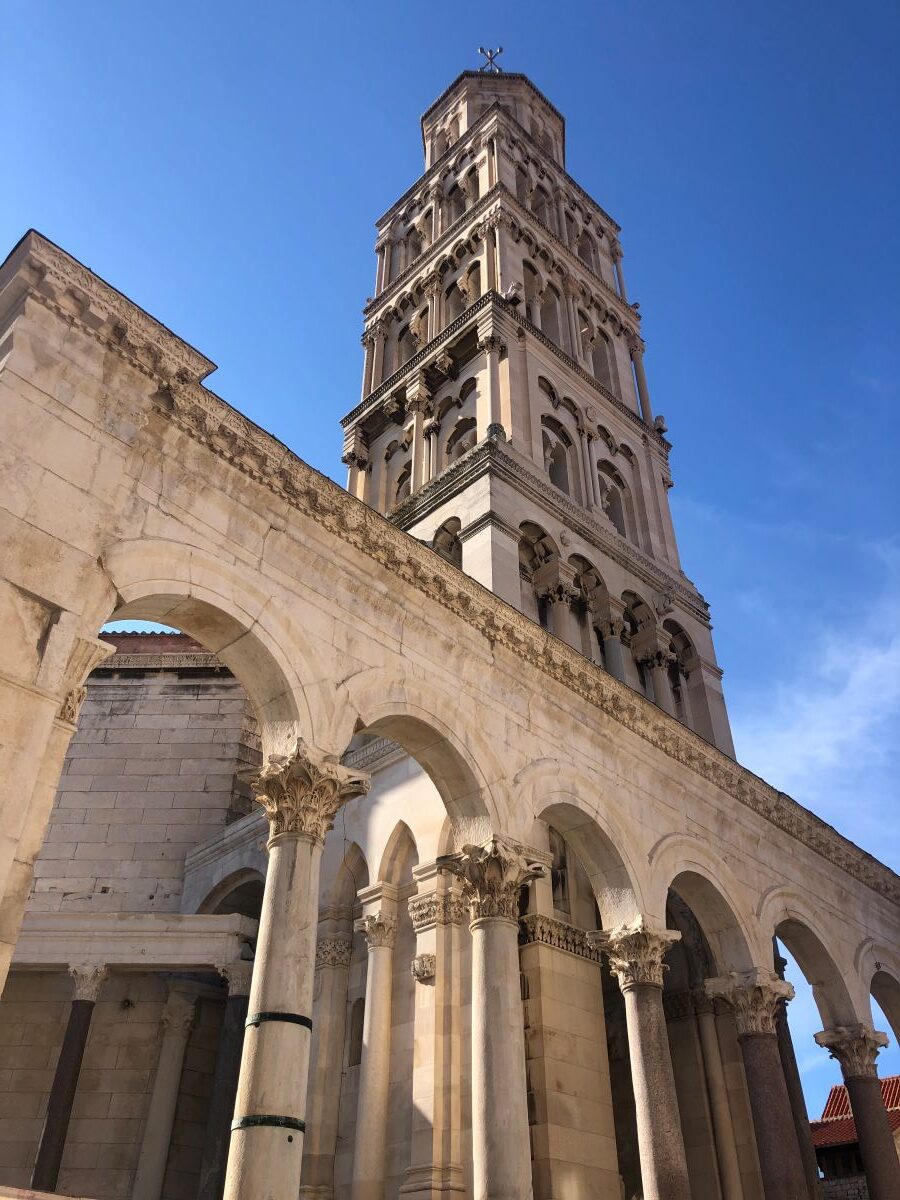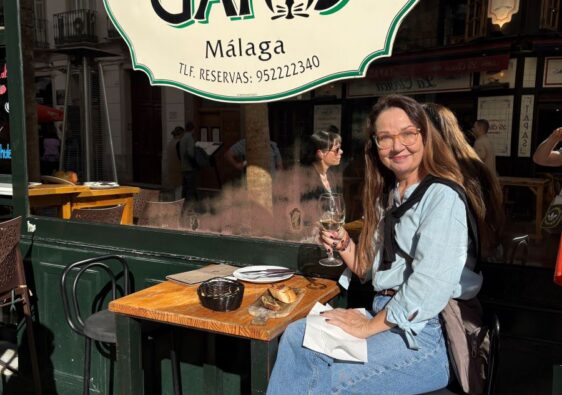One of my first impressions of this city, is how magnificent the architecture is and how different, from one street to the next. Reading some history of this extraordinary city, one can quite quickly understand how this came about. Sarajevo’s architecture; unique & varied, is not to be missed.
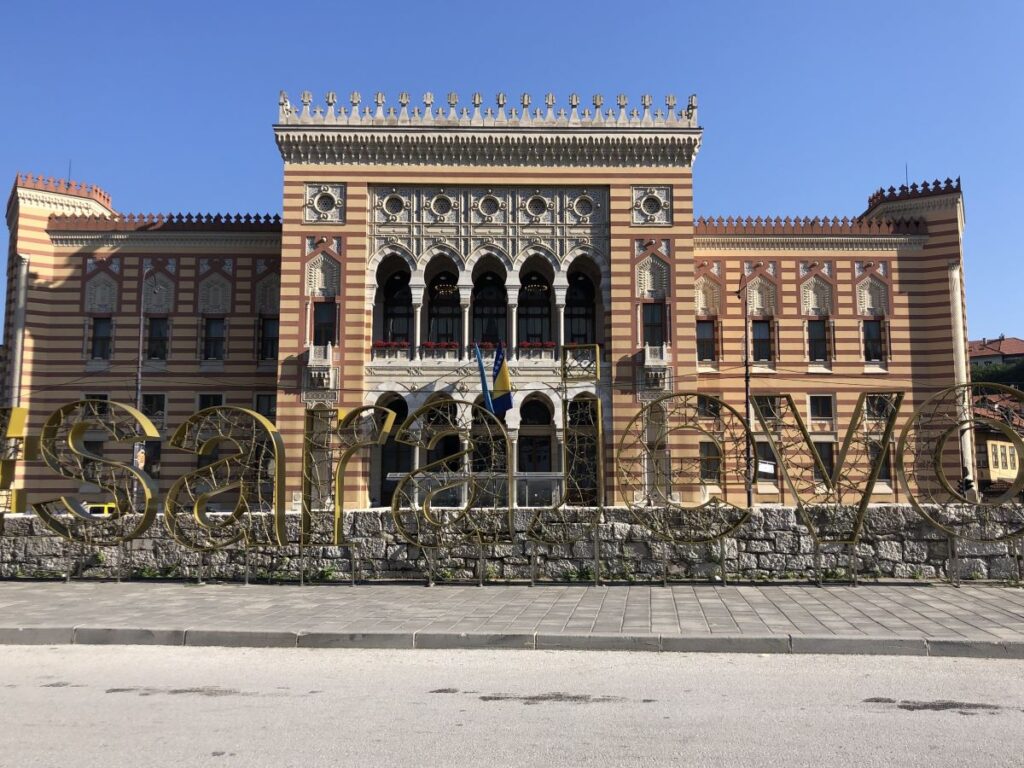
Brief History
Sarajevo wasn’t officially founded until 1462, making it quite a new city relative to other more ancient cities nearby. The ottomans were the first to make this their home. Down in the oldest part of town, is the area known as Bascarsija. This maze of small stone streets looks remarkably Oriental and dates from the earliest vestiges of Ottoman rule.
In 1697 the Austrians burnt Sarajevo to the ground, but the Ottomans held strong and rebuilt the city almost immediately. It was in 1878 that the Austro-Hungarians once again attacked, this time taking control of the city.
Much of the area around the core of Old Town shows the impressive architecture from this latter period.
Bascarsija
The central core, and area most frequented by tourists is the oldest Ottoman district. Single story wooden buildings with beautiful dark patina, line the old streets. Here see the remnants of stone buildings such as the Taslihan or boarding house, one of the oldest structures in the city, built in the 1540’s. It was destroyed when the Austrians burned the city, and never rebuilt.
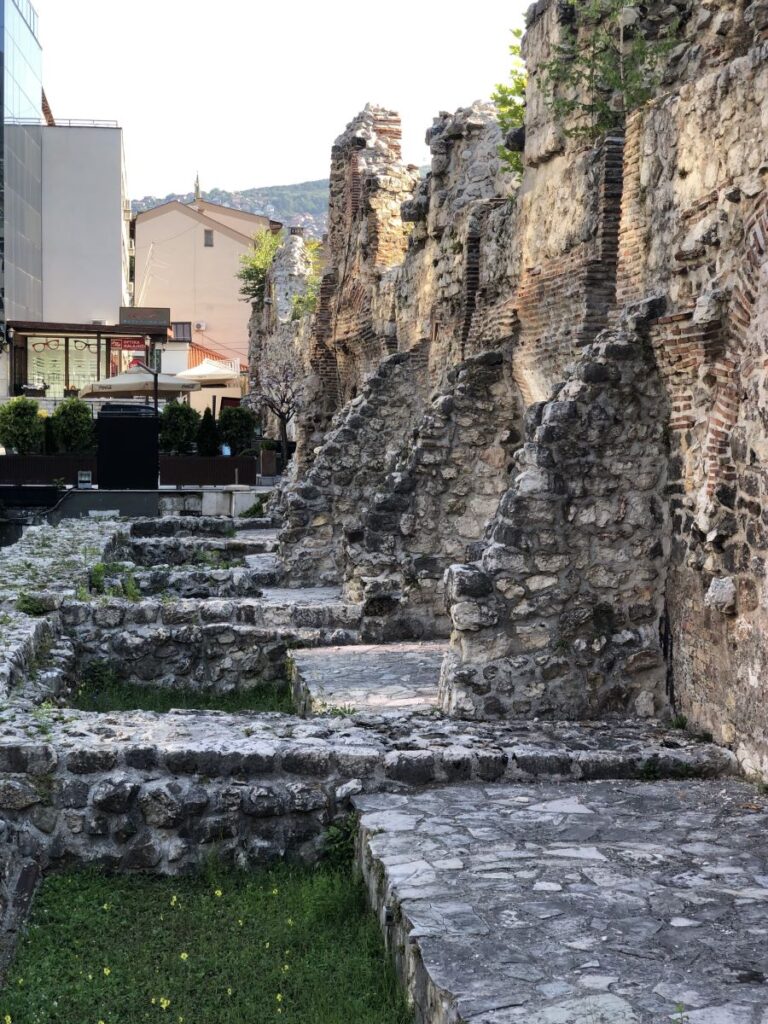
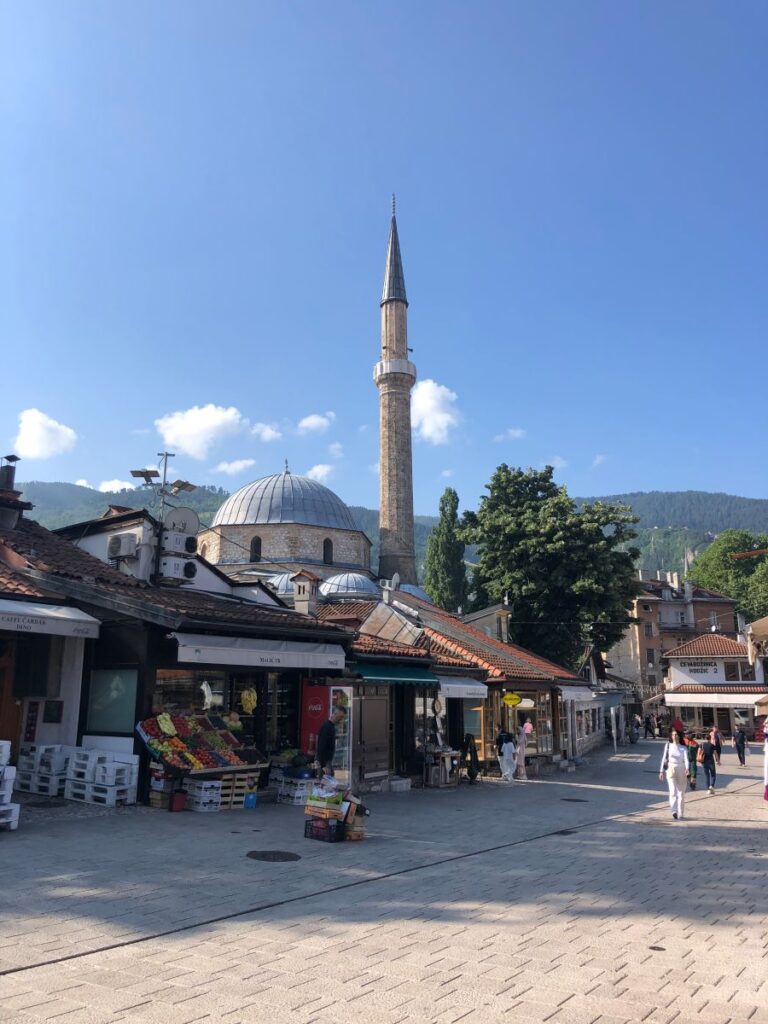

The central square of Bascarsija contains the famous Sebilj Fountain, a beautiful wooden structure that has become the icon of the city.
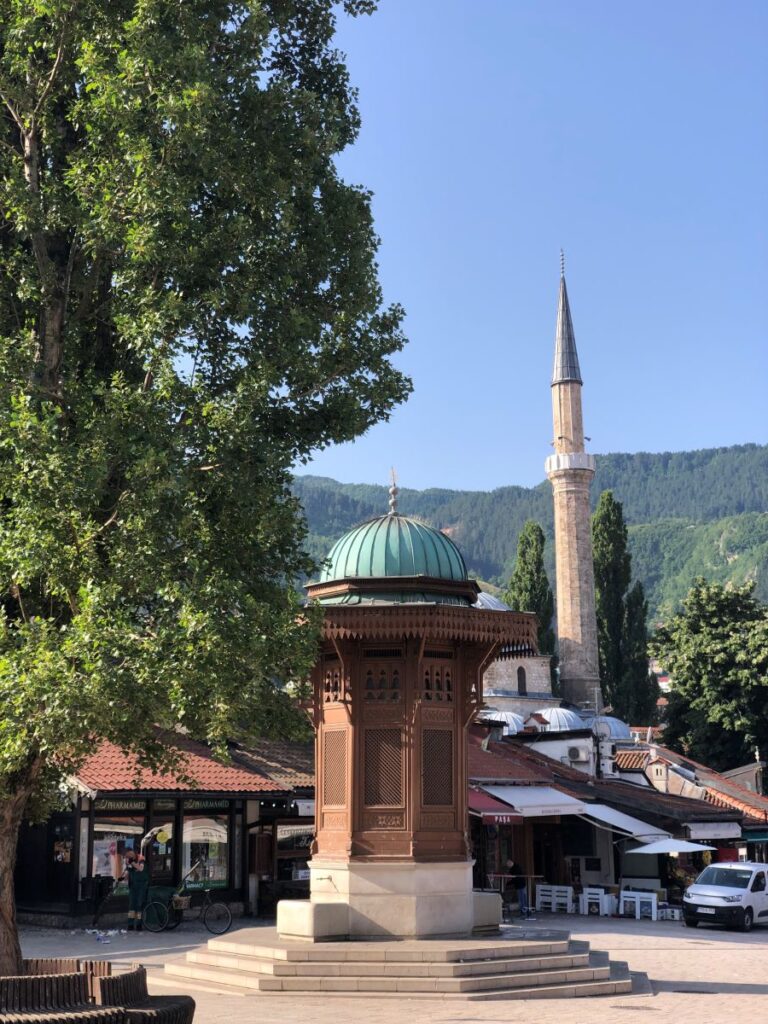
Within the Bascarsija area, visitors will see the spectacular Gazi Hazrev Beg mosque, a truly beautiful building made of stone. Gazi Hazrev Beg was the governor of Sarajevo for 20 years in the early 16th century. This was an extremely prosperous time for the city, hence the blossoming of this area.
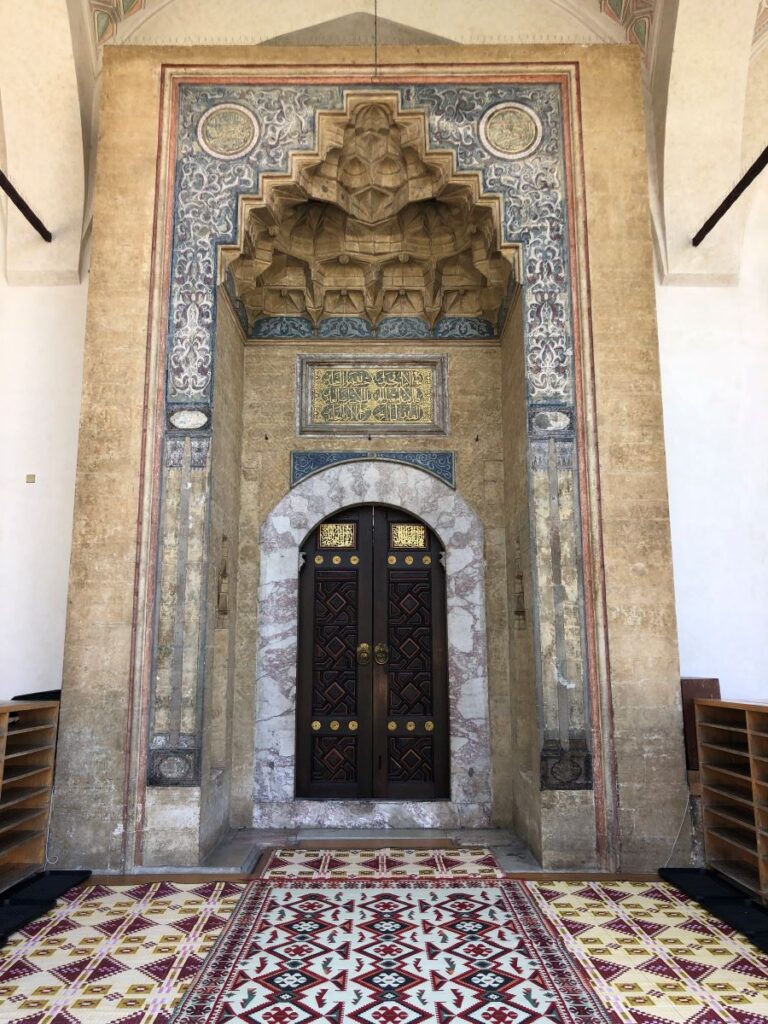
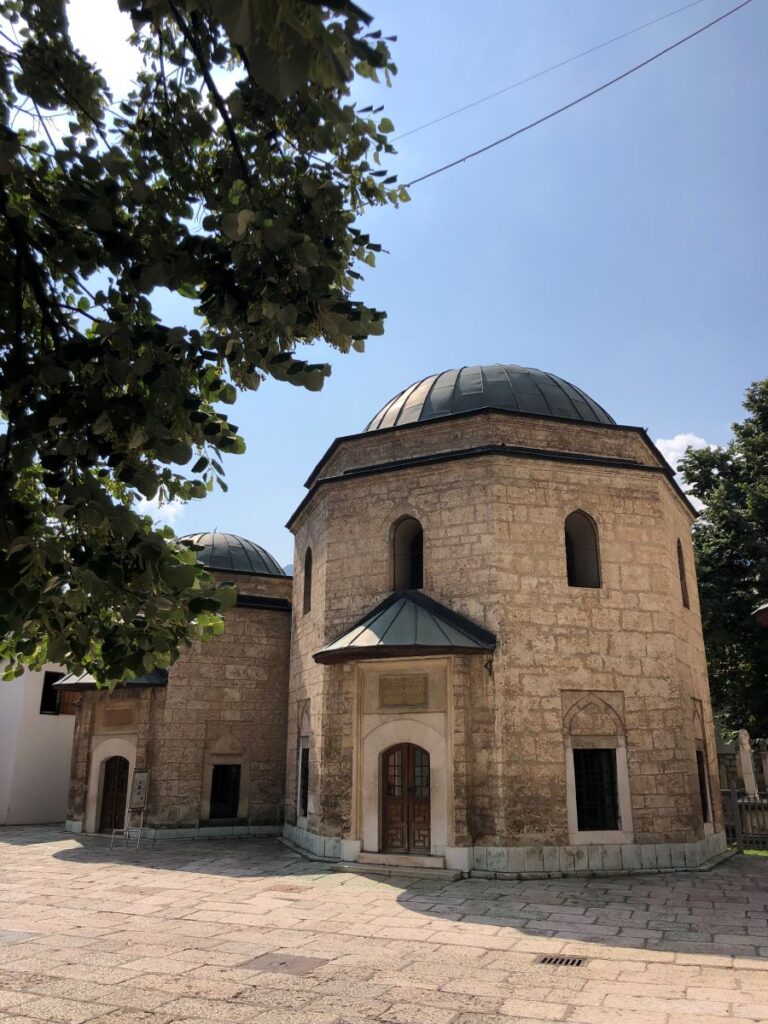
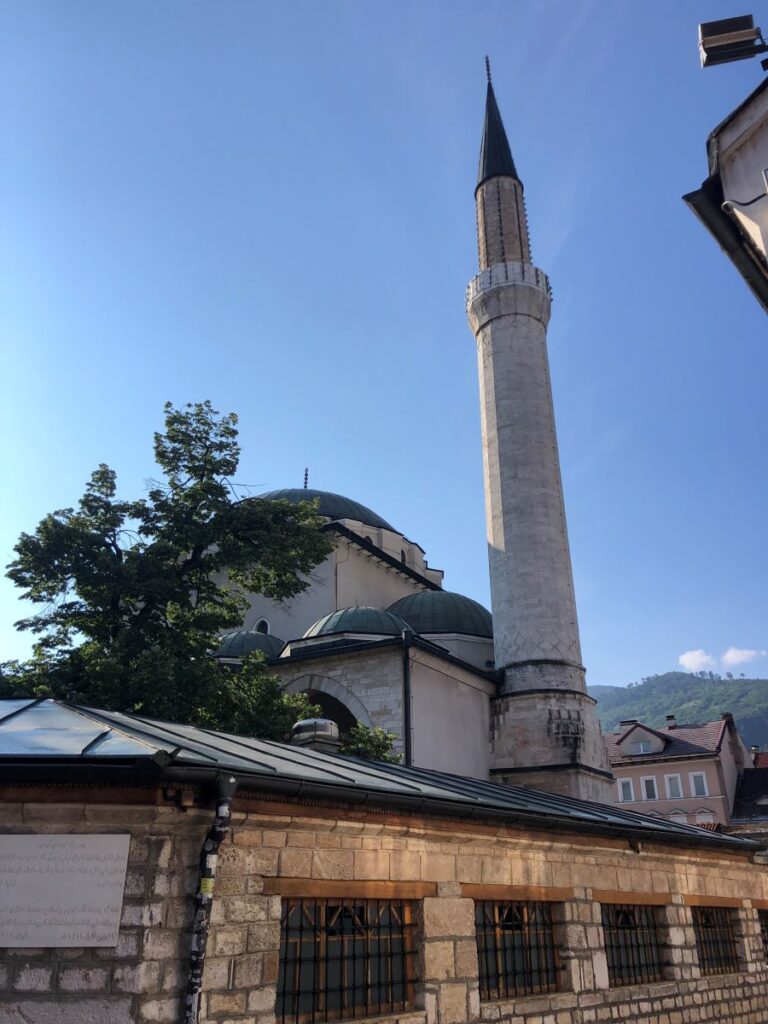
Austro-Hungarian
Outside of the Bascarsija or Old Town, is an explosion of large multi story structures build during this next era. The city greatly prospered during this time, tripling in population. These buildings are absolutely gorgeous and really bring a traditional European flair to the city.
Most outstanding is City Hall, built in a Neo-Moorish style as was popular at the end of the 19th century. This building is stunning and appears as if it is new. The decorative details tie in so beautifully with the old Ottoman style.

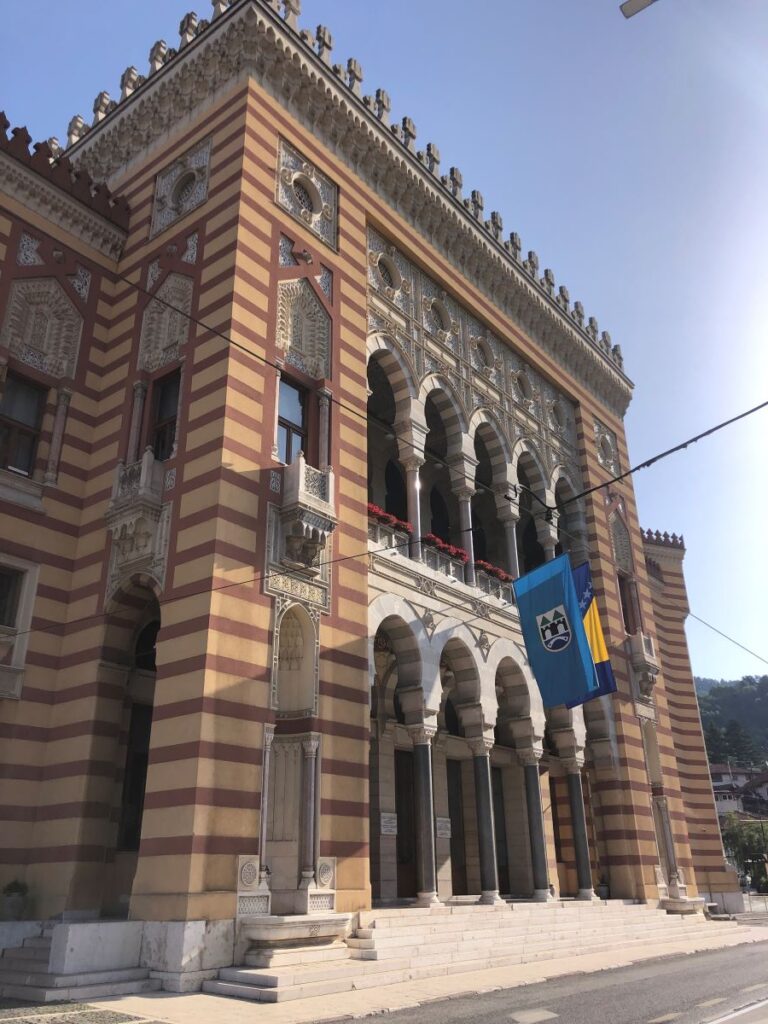

Walk down the Miljacka river, on either side and view the gorgeous buildings one after another. I can guarantee your camera will be out for the duration of your visit. These buildings are extraordinary. The Moorish faces, architectural details and contrasting colours are absolutely beautiful to admire and study.

Buildings not to miss are the Academy of Fine Arts with the most modern bridge out front. The Palace of Justice and large Central Post Office that are still being used today for their original purposes.
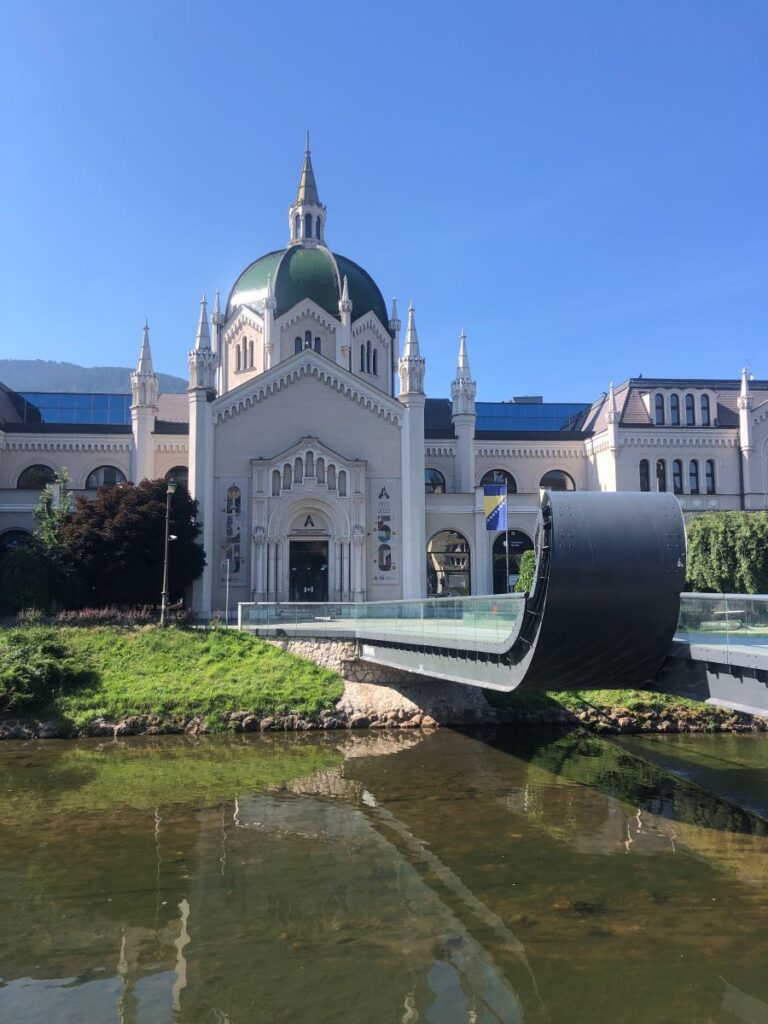
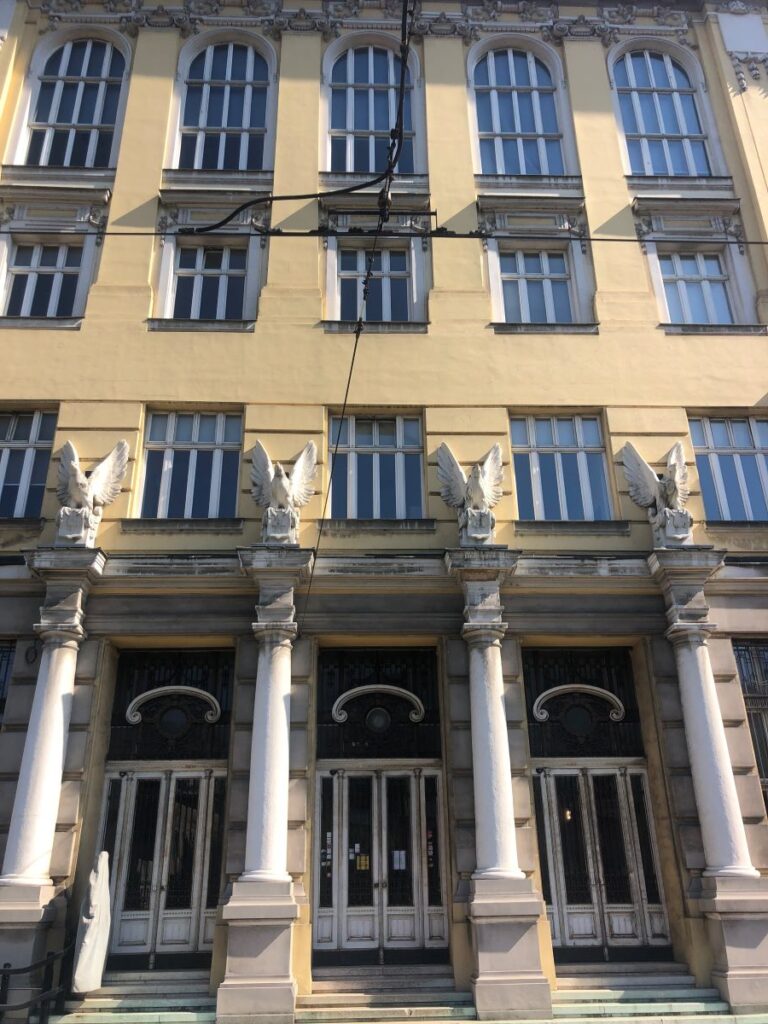
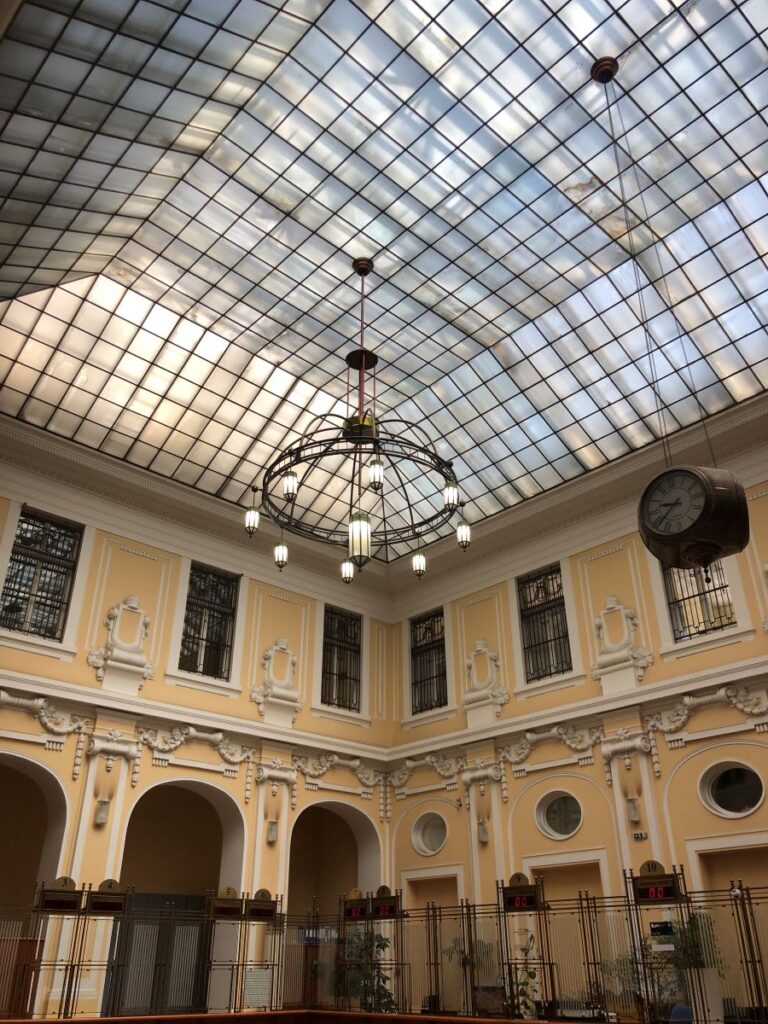
Communist Era
Lets not forget the buildings from the time when this was Yugoslavia. Every now and then, while walking around, I will spot a building from this time period. There are not nearly as many here as I found in Plovdiv, Bulgaria, but they do exist and stand out.
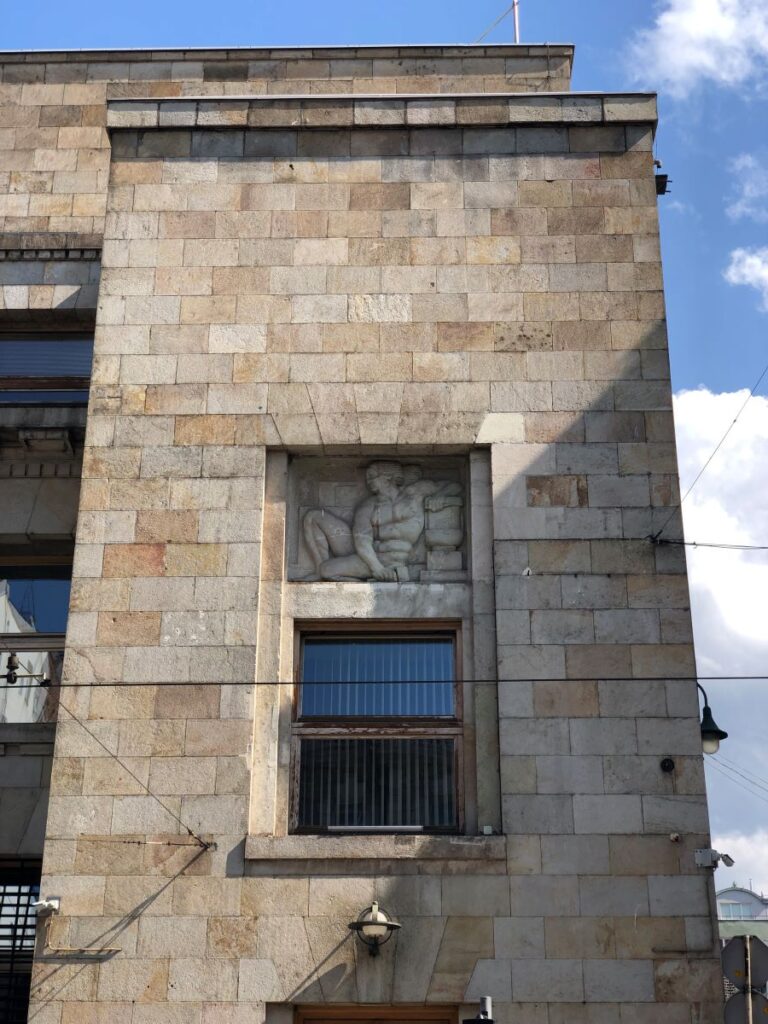
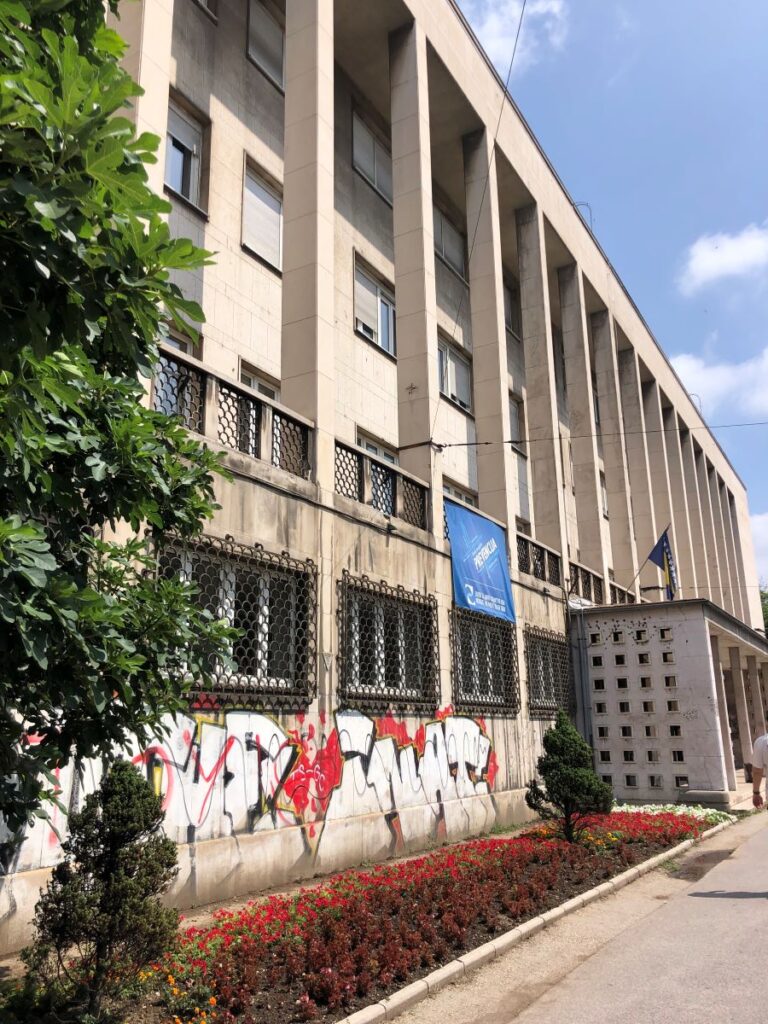
Modern
And let’s not omit the modern buildings. There are plenty in the city, especially visible once you begin to walk away from the Old Town core. Follow the river and you are sure to begin the see the newer buildings. This genre is not a favourite of mine, but I do appreciate the creativity, beauty and grandeur of some of these structures.
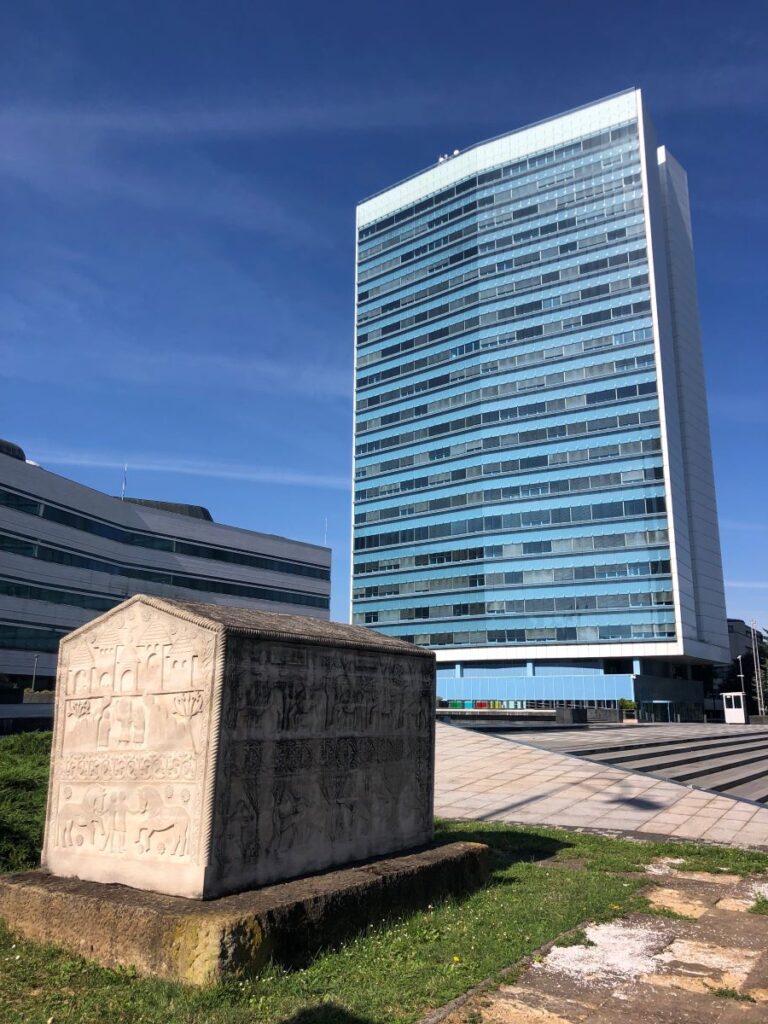
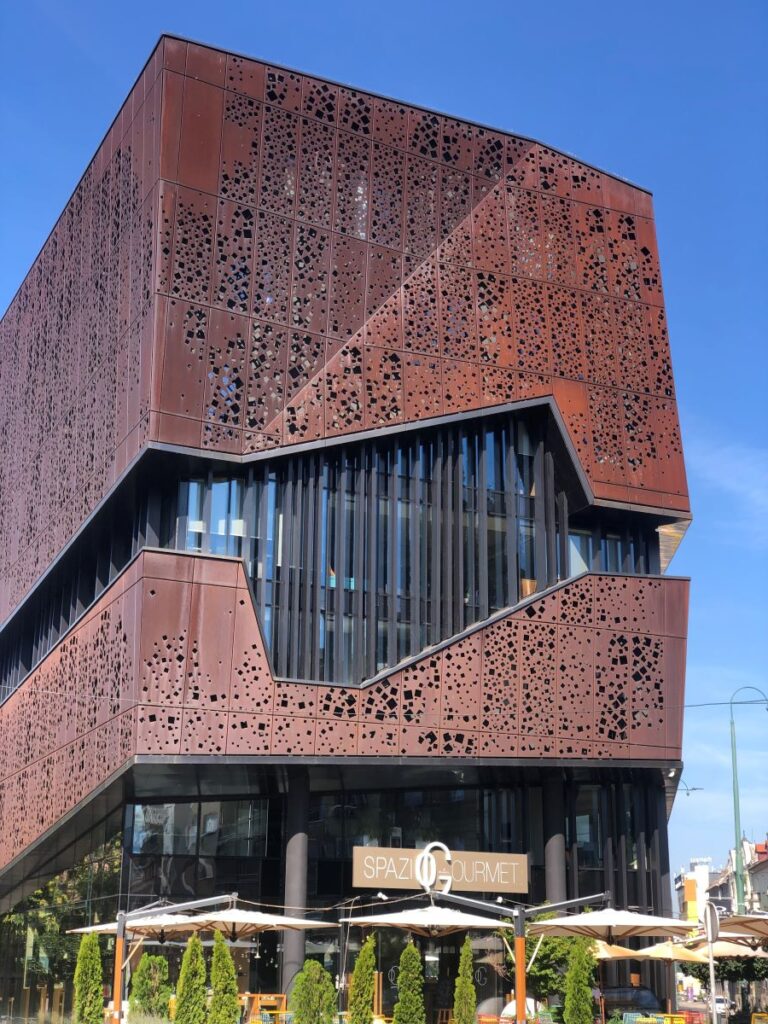
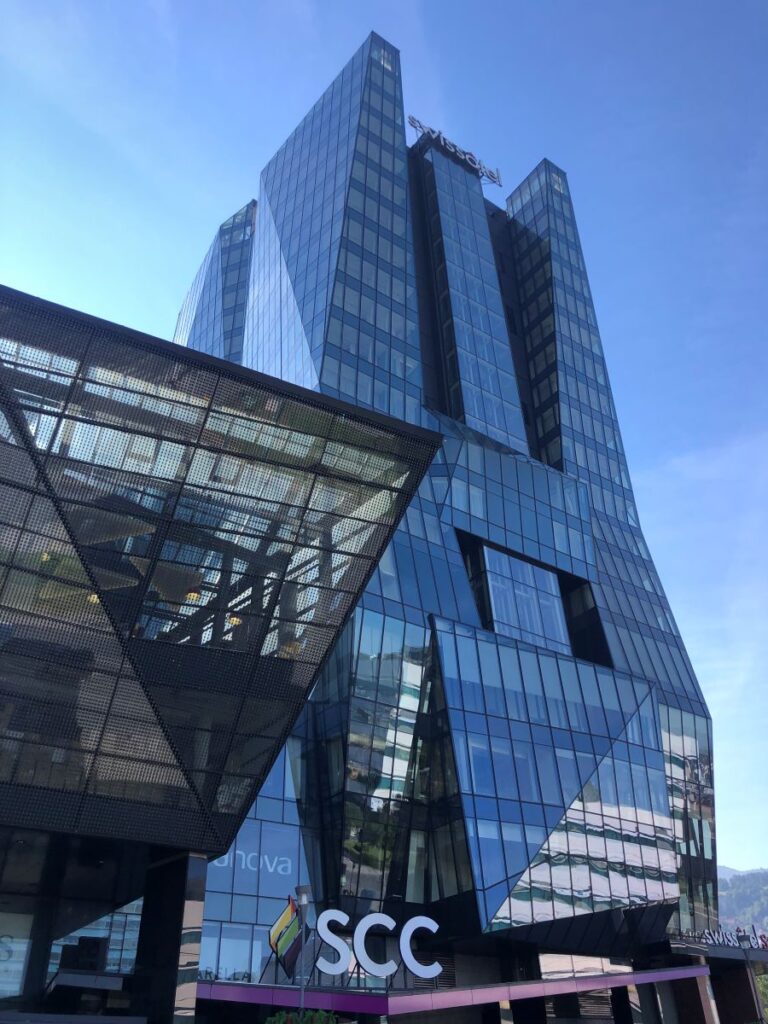
There are so many buildings to admire here in Sarajevo. I feel I have only touched the tip of the iceberg and every single time I am walking around town, I cannot help but stop and admire these glorious structures. I will continue to explore this city, I adore these older buildings, their strength, resilience and harbingers of beauty from the past.
